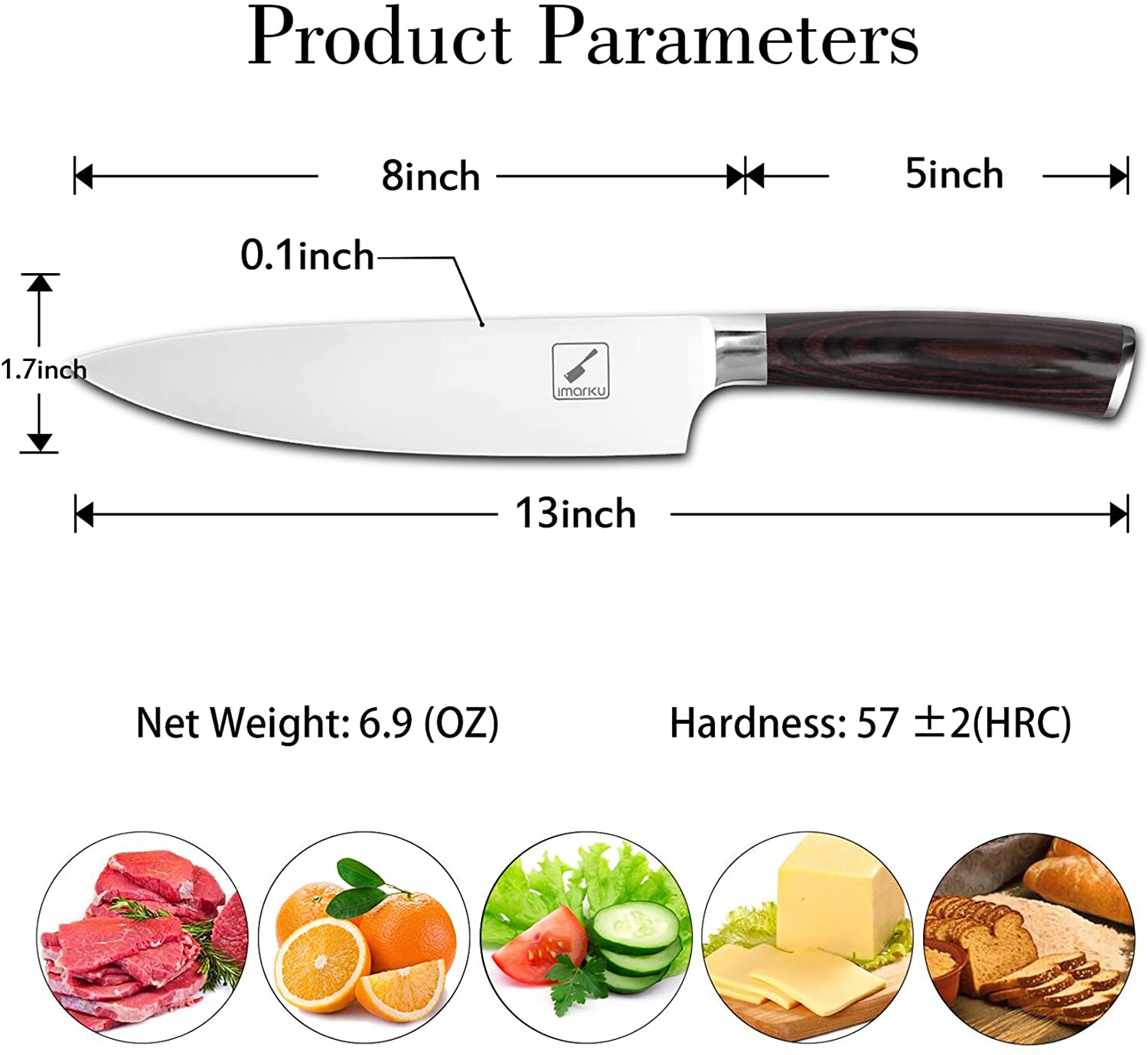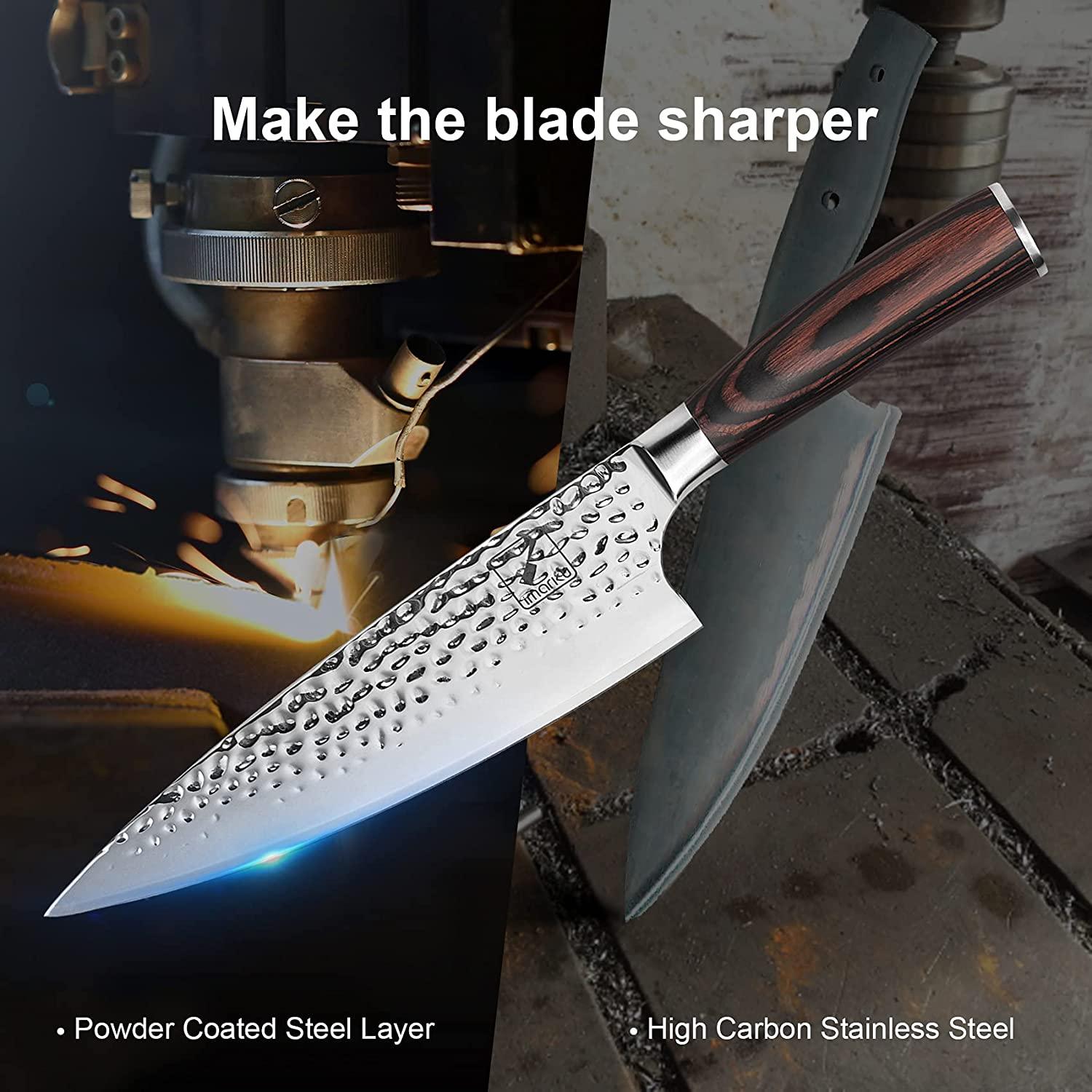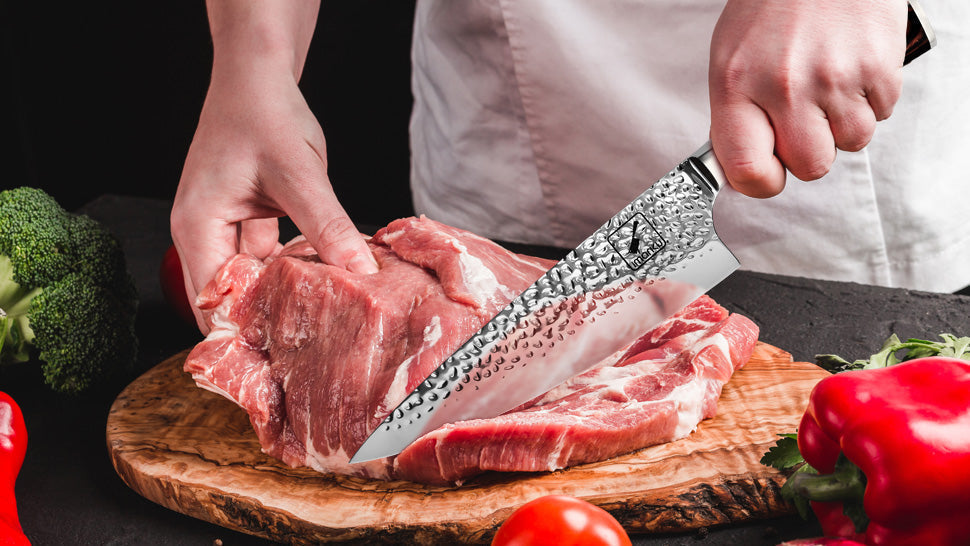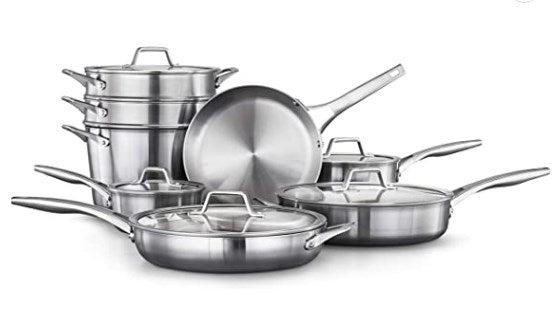TABLE OF CONTENTS
We all know how great the feeling is when we cook and all the ingredients and materials are complete and free from hassle. But, of course, knives never miss the checklist whenever we decide to whip something up. Our knives must be sharp and tough to easily slice our ingredients and for a stress-free cooking experience. Luckily for us, there is a way we can tell the hardness of our kitchen cutlery, and that is through the Rockwell Hardness Scale. With that said, this article will tell you all you need to know about knives and the famous hardness scale by Rockwell.
What is the Rockwell Hardness Scale?
Basically, the Rockwell hardness scale is the tool you need to tell the blade hardness scale of knives. Stanley P. Rockwell invented it, and Hugh M. Rockwell accompanied him in the early 1900s to estimate the resistance of a metal object such as a knife to the permanent deformation and penetration from other objects. It works by seeing how much force the blade needs to obtain a dent on its surface.
There are various scales used to test for numerous types of blades that have been improved over time. It is classified by letters with type A for materials made from tungsten and carbon atoms, type B for materials made from aluminum and brass, and finally, type C for materials made from hard steel.
Type C is what we use for kitchen cutlery. The higher the number is on this scale, the more resistant the blade steel used in the knife is. Similarly, the knife is more brittle if the number on the scale is low. This method is especially helpful to avoid falling prey to the false advertisements of "strongest blade" knives.

How Do You Read the Rockwell Hardness Scale?
We will teach you how to read the Rockwell hardness scale to guide you in your kitchen needs. In fact, you may even have encountered it already. Have you ever noticed the tiny random letters and symbols on the packaging of your knives whenever you purchase them? Or maybe the engraved marks on it? If yes, then those are most likely the knives' ratings.
Since knives are in type C, you will see the letters "HRC." As for types A and B, they will have the markings of "HRA" and "HRB," respectively. These letters will be followed by a number indicating their resistance. Apart from what was stated earlier, there is more to this knife hardness scale than looking at the highest number.
Although you may be tempted to cut the whole process and just purchase the knife with the highest number, let us stop you right there because that is a misconception. As a general rule, the range of knives should be HRC45 for soft steels and HRC60 for hard steels.
Knives with hard steel blades have a longer edge than soft steels but are brittle and tend to chip under impact. In worst cases, a hard steel blade may even shatter.
Now, you may be wondering why you need to know the different ranges instead of just choosing the highest one. Well, this is because the functionality of the knives is also taken into consideration. For example, a fruit knife is different from a steak knife, and they would need varying scale ratings.
However, knife manufacturers are now designing their knives to have versatile usability by balancing the soft and hard scale ranges to achieve a knife hardness scale that indicates durability and sharpness.
The Use of Rockwell Hardness Scale for Kitchen Knives
Like we have previously stated, the Rockwell Hardness Scale will tell you how tough the blade of your kitchen knife is. When picking out kitchen cutlery, you should look out for the "HRC" writing followed by a number rating. You will most likely find this tiny marking written on the handle or engraved on the blade.
In most cases, chefs and homeowners go for knives with the lowest Rockwell hardness rating of 52 and the highest of 60. It is said that the knife will be too fragile for kitchen purposes if it is below 52. If you think that a few differences won't matter, you are mistaken because this scale is extremely sensitive. A one-point difference can already generate a huge difference.

The Best Rockwell Hardness Rating
Given all that we now know about the Rockwell hardness rating, you may be wondering what the best Rockwell hardness for kitchen cutlery is. As we stated earlier, the cooking experience is much better when we encounter no problem slicing our ingredients.
Since anything below HRC52 is too soft and anything beyond HRC62 is too hard, your best range for kitchen cutlery with premium quality is those with a rating between HRC58 and HRC 60. Kitchen cutlery with this Rockwell hardness rating is made to last longer, cut easily, and be used in various ingredients. With a knife in this range rating, you will surely have a smooth and enjoyable cooking experience!
Key Takeaways
The Rockwell hardness scale serves to measure the hardness of a blade by seeing how much pressure it can withstand before having a dent. This method has various settings for different materials, and the higher the number on the scale, the stronger the blade is.
For the case of kitchen cutlery, they are classified under Type C, which would mean they have the labels of "HRC" and then followed by a number. You will most likely find these markings on the handle or the blade itself. The recommended Rockwell hardness scale for knives is HRC58 and HRC 60 because these are not too soft or too hard.
Although you may be tempted to get the knife with the highest number, we highly advise you not to because the usability of the knife should also be taken into account. With that said, it is best to stay within the recommended HRC range to ensure the best cooking experience!






















Leave a comment
All comments are moderated before being published.
This site is protected by hCaptcha and the hCaptcha Privacy Policy and Terms of Service apply.